Pregnancy tracking is an essential aspect for women trying to conceive or monitor their reproductive health. However, when your cycle is longer than the standard 28-day cycle—such as a 35-day cycle—it can be difficult to know when to test for pregnancy, when you ovulate, and how to calculate your pregnancy timeline accurately. This detailed guide will explain how to determine your ovulation, when to take a pregnancy test, and how a 35-day menstrual cycle impacts your pregnancy detection process.
In this article, we will explore:
-
The basics of the 35-day cycle and how it differs from the 28-day cycle
-
How to calculate ovulation and fertile windows in a 35-day cycle
-
The role of implantation and hCG levels in pregnancy detection
-
How to interpret pregnancy symptoms and test results
-
Tips and common challenges in calculating pregnancy with a longer cycle
📅 Understanding the 35-Day Menstrual Cycle
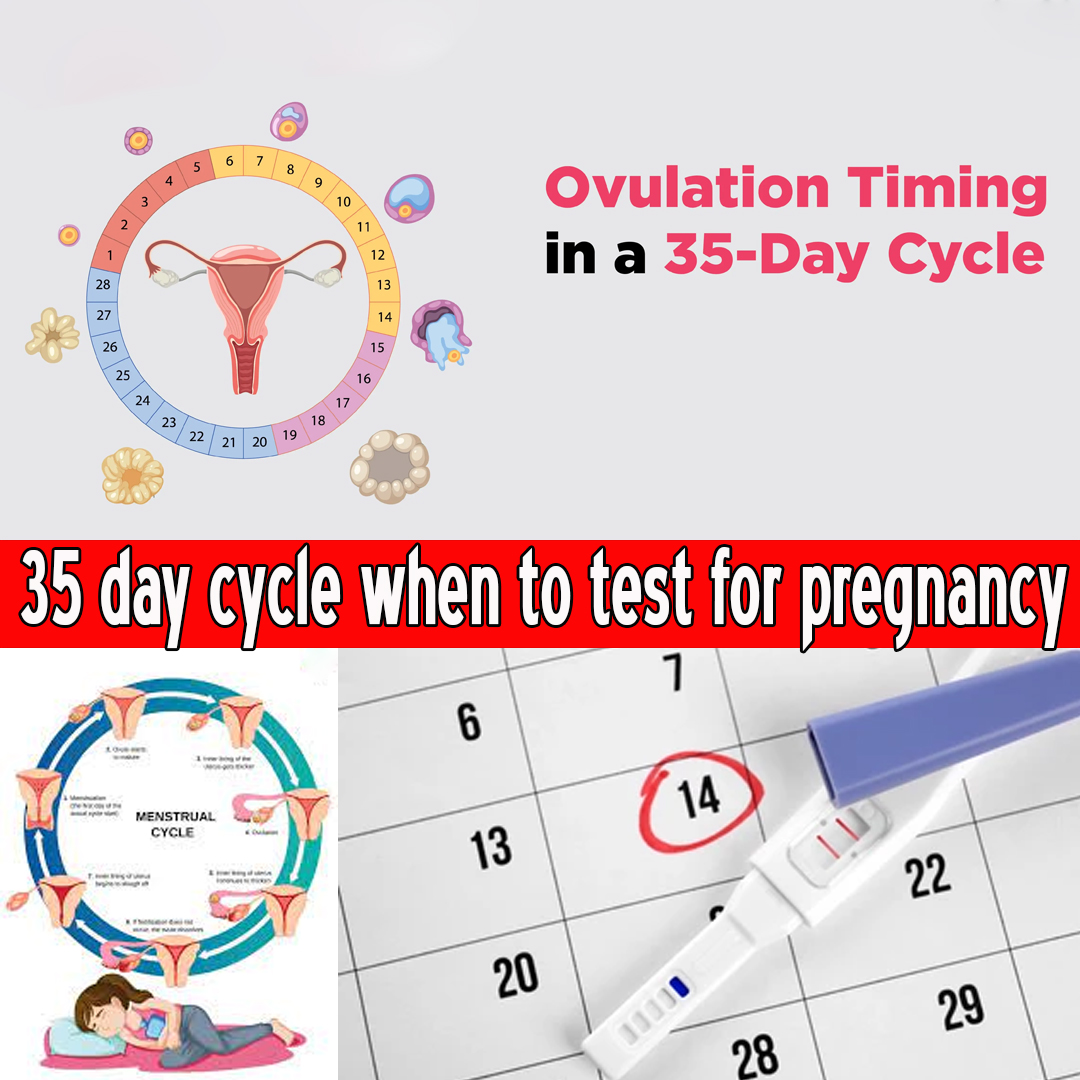
35 day cycle when to test for pregnancy
The 35-day menstrual cycle is longer than the standard 28-day cycle and is considered a long cycle. In a typical 28-day cycle, ovulation occurs around Day 14. But in a 35-day cycle, ovulation typically happens later, around Day 21.
Let’s break it down:
| Cycle Day | Phase | What Happens |
|---|---|---|
| Day 1–5 | Menstrual Phase | Uterine lining sheds, and bleeding occurs. |
| Day 6–20 | Follicular Phase | Egg matures in the ovary. |
| Day 21 | Ovulation | Egg is released into the fallopian tube. |
| Day 22–35 | Luteal Phase | Body prepares for pregnancy, hormone levels rise. |
Key Differences with the 28-Day Cycle:
-
Longer follicular phase: The period between the first day of your period and ovulation is longer in a 35-day cycle.
-
Later ovulation: Ovulation generally occurs around Day 21 in a 35-day cycle, which is 7 days later than in the standard 28-day cycle.
-
Later implantation: Because ovulation occurs later, implantation (when the fertilized egg attaches to the uterine lining) will also happen later.
🧬 When Do You Ovulate on a 35-Day Cycle?
Ovulation is the process during which a mature egg is released from the ovary and becomes available for fertilization. On average, ovulation occurs 14 days before the start of your next period, regardless of the cycle length.
If you have a 35-day cycle, this means ovulation will occur around Day 21, which is 14 days before the start of your next period.
Here’s how you can calculate when ovulation is most likely to occur:
Example: A 35-Day Cycle
-
Cycle Length: 35 days
-
Ovulation Day: 35 – 14 = Day 21
-
This means you will ovulate around Day 21 of your cycle, which is later than the typical Day 14 in a 28-day cycle.
-
Fertile Window
Your fertile window is typically the 5 days leading up to ovulation and the day of ovulation itself. So, for a 35-day cycle:
-
Fertile Window: Days 16 to 21.
-
Sperm can live inside the female reproductive system for up to 5 days, so any sperm present in your body during this window can fertilize the egg released on Day 21.
-
Tracking ovulation is essential to maximize the chances of conception. Women can track ovulation using methods like:
-
Basal body temperature (BBT) tracking
-
Cervical mucus observation
-
Ovulation predictor kits (OPKs)
🧪 How to Calculate Pregnancy Based on Ovulation in a 35-Day Cycle
Now that we know when you likely ovulate in a 35-day cycle, the next step is calculating when you can expect to test for pregnancy.
Pregnancy detection typically depends on implantation and the presence of hCG (human chorionic gonadotropin) in the blood and urine. HCG is the hormone your body starts producing after the fertilized egg implants into the uterine lining.
Key Events in Early Pregnancy:
-
Ovulation (Day 21 in a 35-day cycle)
-
Fertilization (1 day after ovulation, if sperm is present)
-
Implantation (6–12 days after fertilization, typically between Days 27-33 of your cycle)
-
HCG Release (Detected in blood/urine 6–12 days after implantation)
When to Test for Pregnancy in a 35-Day Cycle
The most common way to confirm pregnancy is through a home pregnancy test that detects the presence of hCG in your urine.
Here’s the timeline based on a 35-day cycle:
| Cycle Day | Event | Can You Test for Pregnancy? |
|---|---|---|
| Day 1–5 | Period begins | No, menstruation |
| Day 21 | Ovulation | No, too early |
| Day 23–24 | 2–3 DPO (Days after ovulation) | No, too early |
| Day 28 | 7 DPO – Early hCG levels might rise | Test might show faint positive |
| Day 30–32 | 9–11 DPO – Increased hCG | Possible accurate result with home test |
| Day 35 | Missed period – Implantation likely | Best time to test for pregnancy |
| Day 36+ | High chance of positive test | Confirm with a reliable test |
Key Point:
The earliest reliable test will be on Day 35 (the day your period is due), or about 14 DPO (days after ovulation). This is when hCG levels will typically be detectable with most over-the-counter pregnancy tests.
🧪 How Early Can You Test for Pregnancy in a 35-Day Cycle?
While the best time to test is on Day 35, some women may want to test earlier to know sooner. The earliest you can test is around 10–11 DPO (Days 30–31 of the cycle).
Testing at 10–11 DPO:
-
It’s possible to get a faint positive if hCG has been produced in sufficient quantity after implantation.
-
However, testing too early can give a false negative because hCG levels might not be high enough for detection.
If you test early and receive a negative result, wait 2–3 more days before testing again. As hCG levels double every 48 hours after implantation, waiting allows the hormone to rise to a detectable level.
🔍 When to See a Doctor After Testing for Pregnancy
If your period is late (7+ days) and you’ve had negative home tests, it’s a good idea to consult with your doctor. There may be various reasons for late or missed periods, including:
-
Anovulation (lack of ovulation)
-
Hormonal imbalances
-
Ectopic pregnancy
-
PCOS (polycystic ovary syndrome)
-
Stress or lifestyle factors
Your doctor can conduct a blood test to measure hCG levels or perform an ultrasound to check for early signs of pregnancy and rule out conditions like an ectopic pregnancy.
🧘 Common Pregnancy Symptoms in a 35-Day Cycle
Even before you test, you might experience early signs of pregnancy. These symptoms can happen regardless of cycle length, but here’s when they typically begin to appear after ovulation:
1. Fatigue
-
One of the earliest signs, occurring as early as 6–10 DPO.
-
Due to the rise in progesterone.
2. Breast Changes
-
Swelling, tenderness, and darkening of the areolas.
-
Occurs due to hormonal changes right after ovulation.
3. Nausea and Vomiting
-
Known as morning sickness, typically starts around 4–6 weeks pregnant (after implantation).
4. Increased Urination
-
The growing uterus presses on the bladder, leading to frequent trips to the bathroom.
5. Mood Swings
-
Hormonal changes can cause emotional fluctuations around 7–10 DPO.
6. Food Cravings or Aversions
-
Hormones may cause you to crave certain foods or feel repelled by others.
🚨 Challenges When Calculating Pregnancy with a 35-Day Cycle
1. Irregular Cycles
-
If your cycle is not always 35 days, it can be hard to predict ovulation and when to test.
-
Consider tracking ovulation through BBT or ovulation predictor kits (OPKs) for more accuracy.
2. Late Ovulation
-
Ovulating later than expected can shift your fertile window and testing window by several days.
-
In such cases, ovulation tracking becomes essential.
3. Cryptic Pregnancy
-
Some women may not show typical signs of pregnancy or get a positive test result until much later.
-
If your pregnancy test remains negative but you have symptoms of pregnancy, consult your doctor.
📝 Conclusion: How to Calculate Pregnancy with a 35-Day Cycle
If you have a 35-day cycle, ovulation typically occurs on Day 21, with a fertile window from Day 16 to Day 21. After ovulation, you should wait until Day 35 (your expected period) to get the most accurate results from a home pregnancy test.
While it’s possible to test earlier (around 10–11 DPO), you may get a false negative if hCG levels are still low. If your test is negative and your period doesn’t come, it’s worth retesting in a few days or consulting your doctor for a blood test.
By tracking your ovulation and symptoms, and understanding the cycle dynamics, you can calculate the best time to test and confidently monitor your pregnancy journey.
Would you like this information in a printable cycle tracker or visual guide for easier reference? Let me know how I can help!


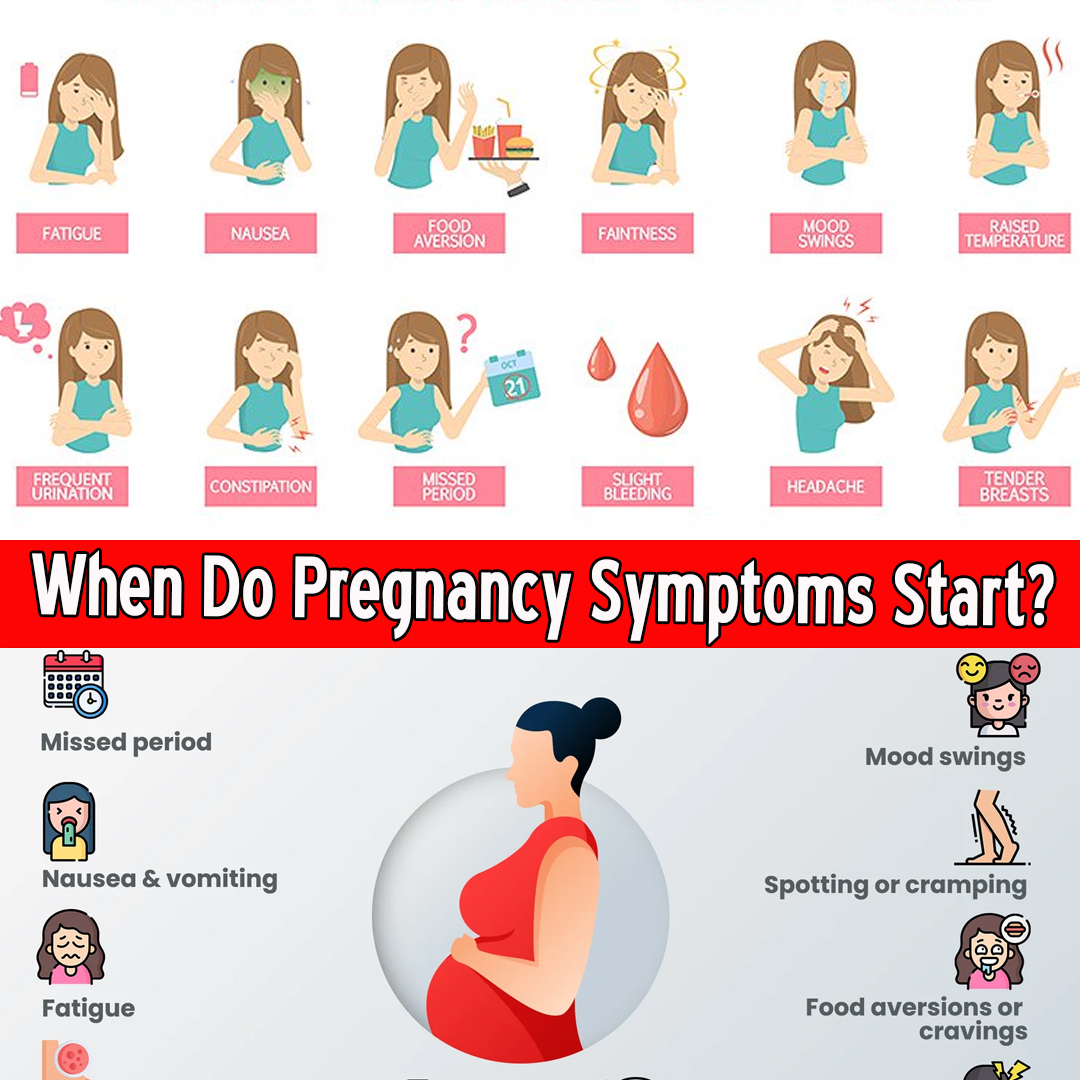
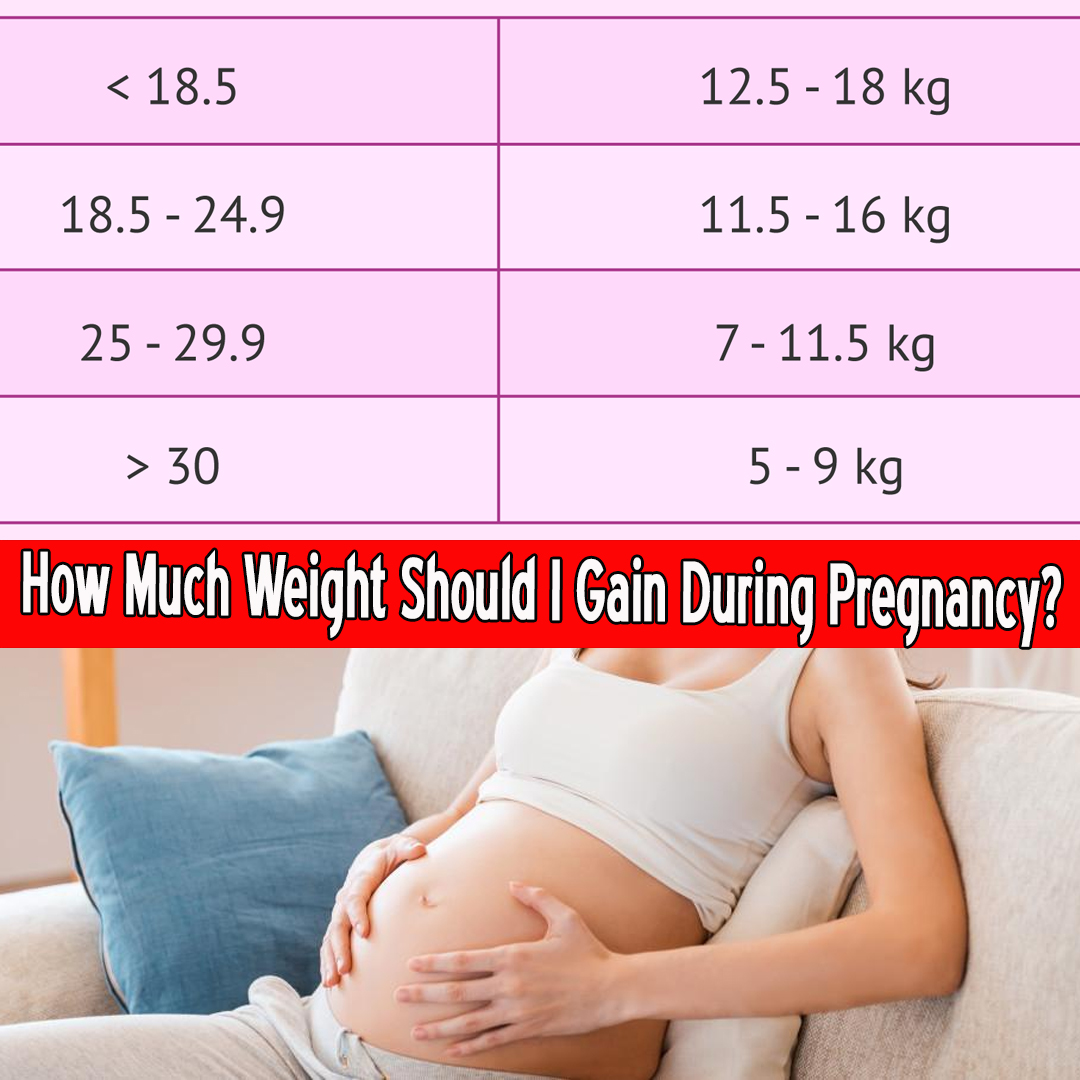



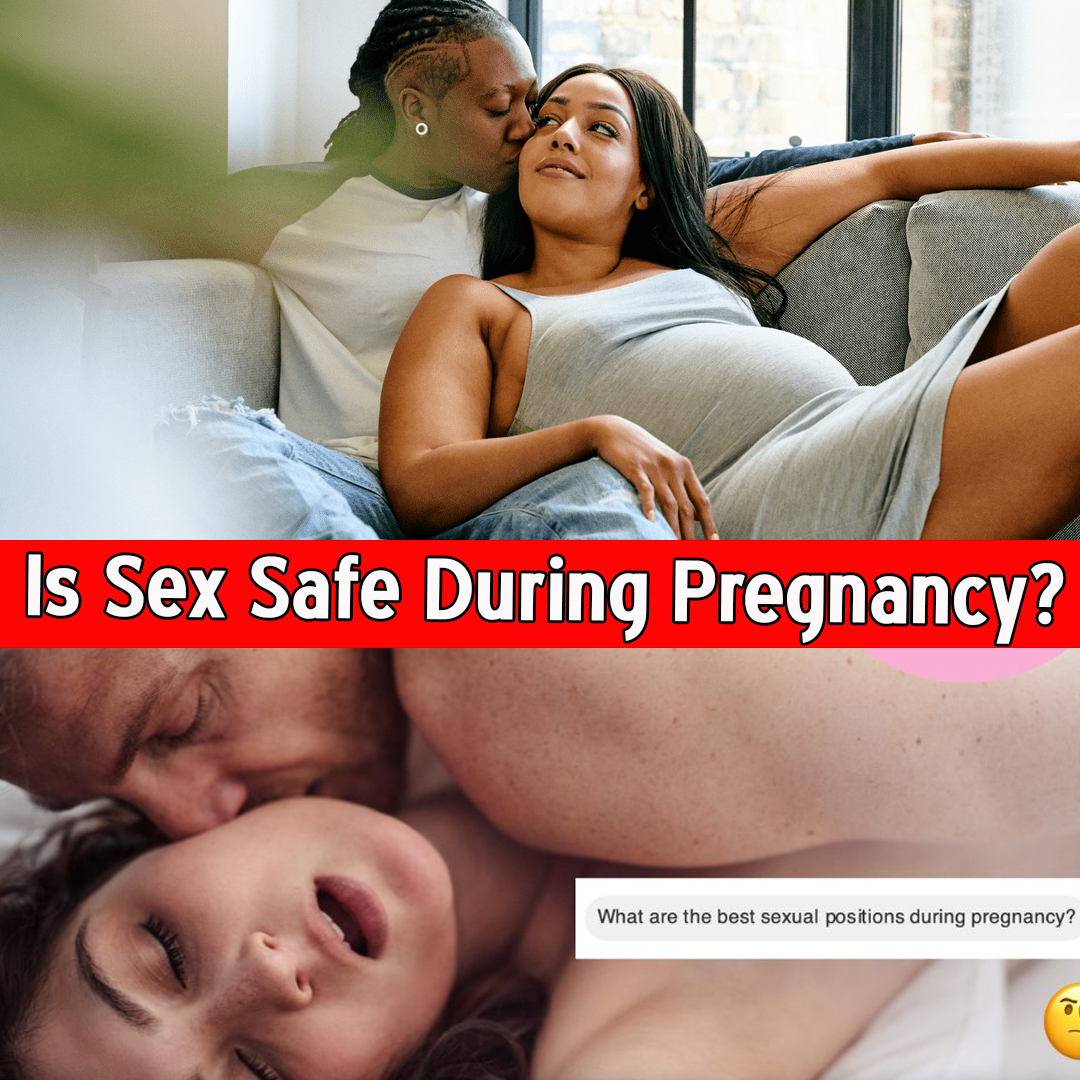
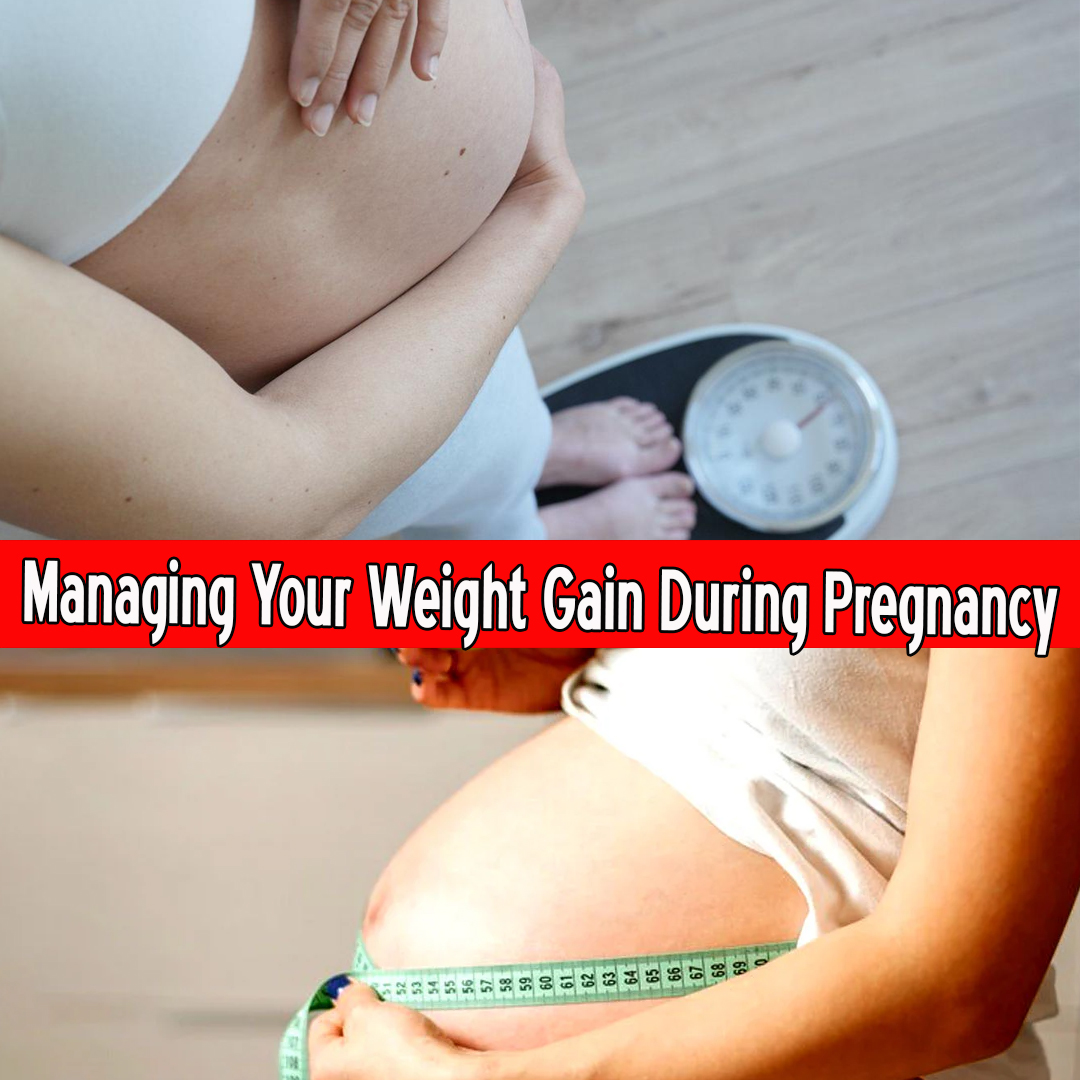



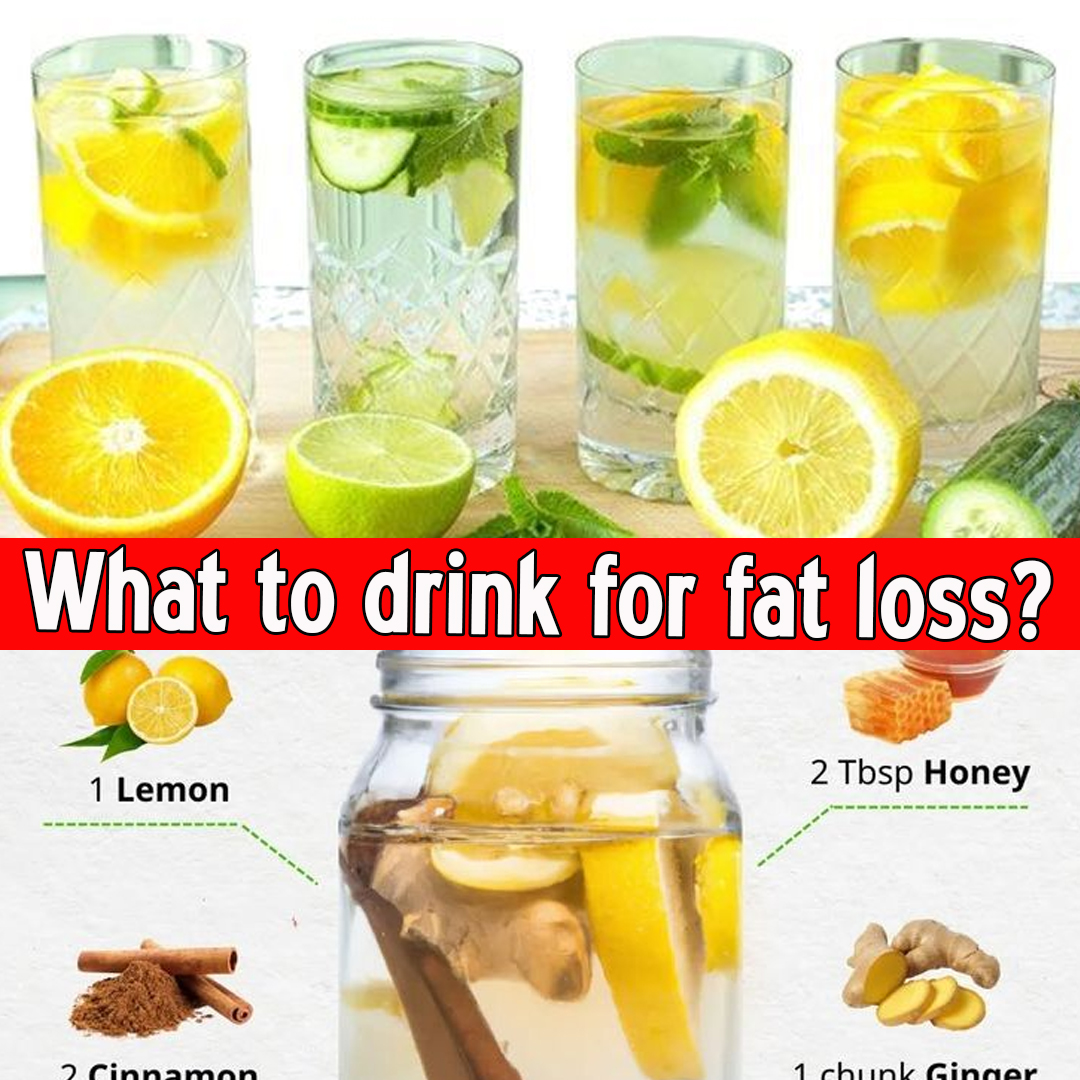

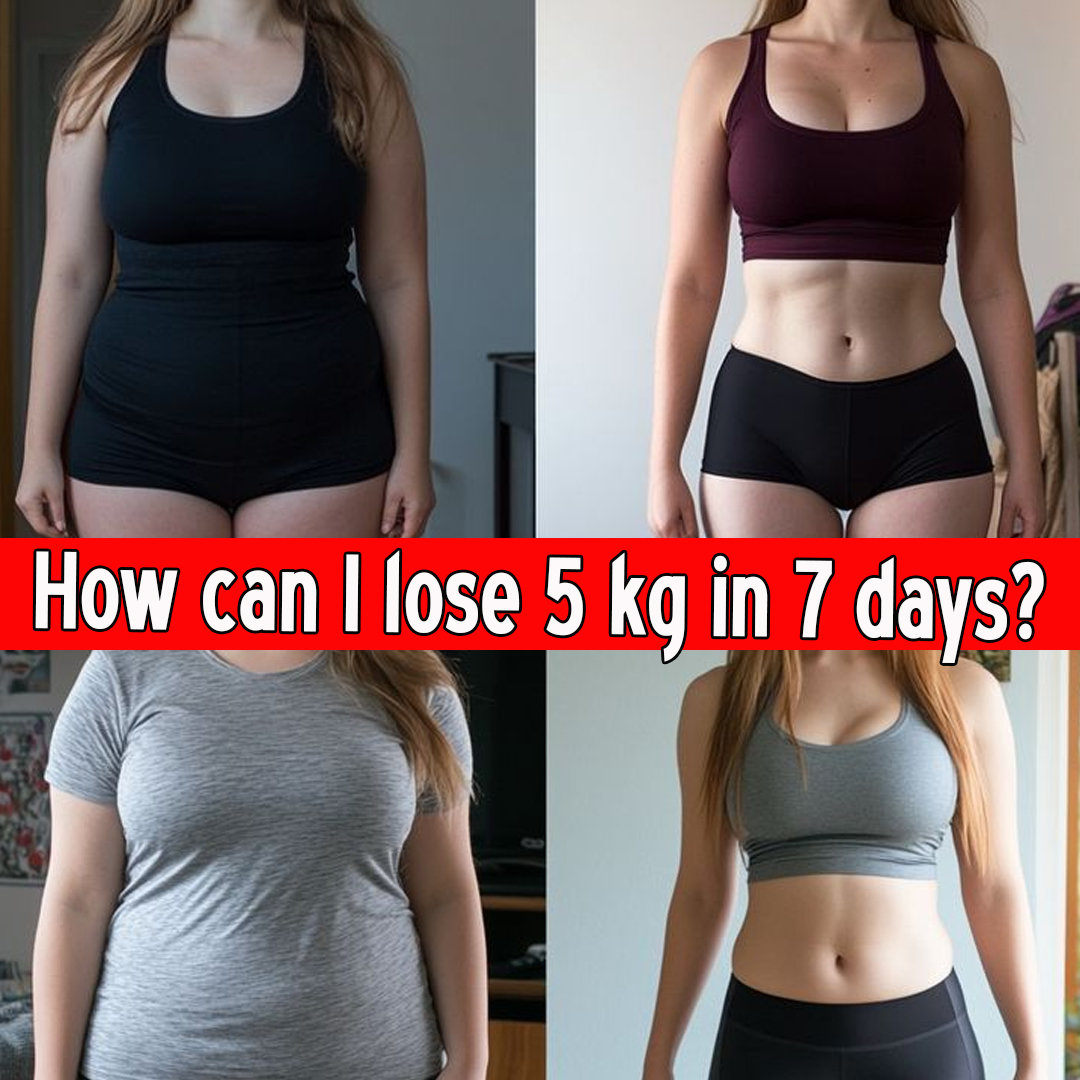
Leave a Reply